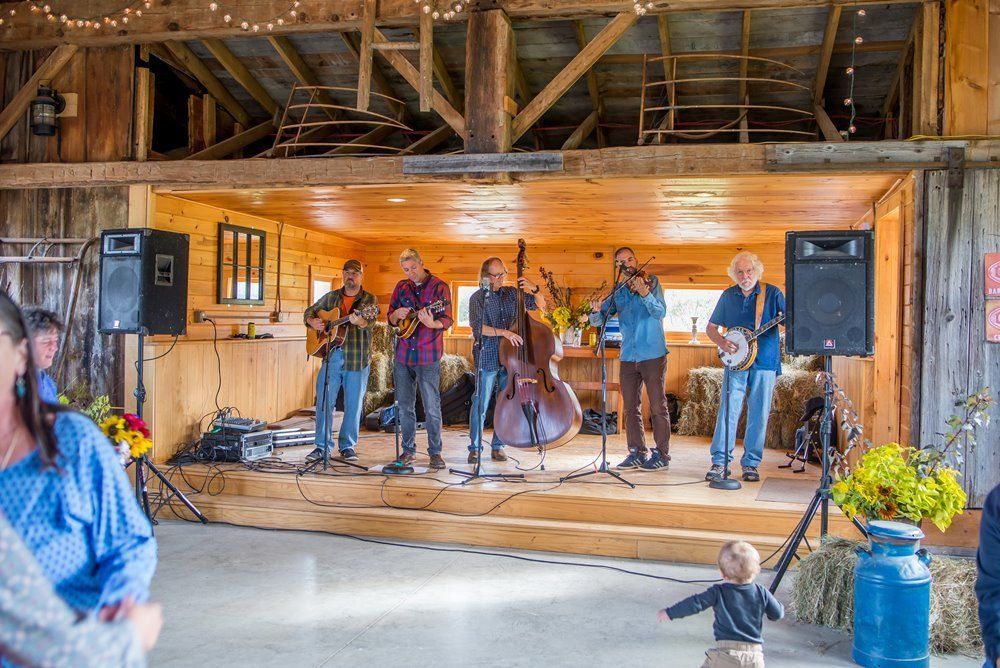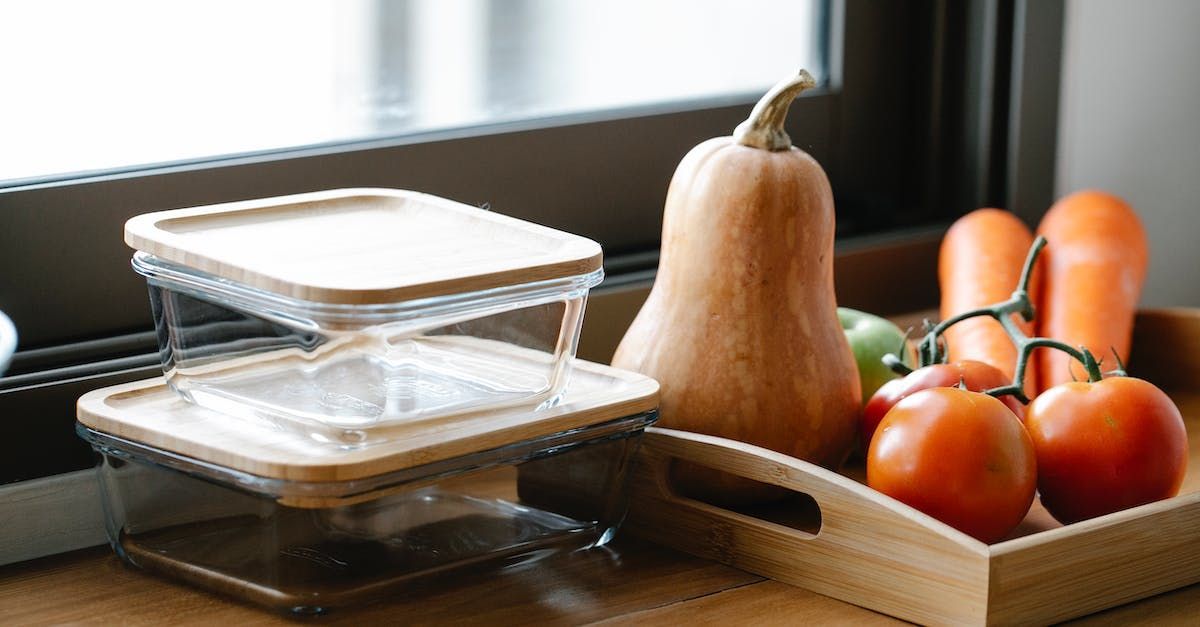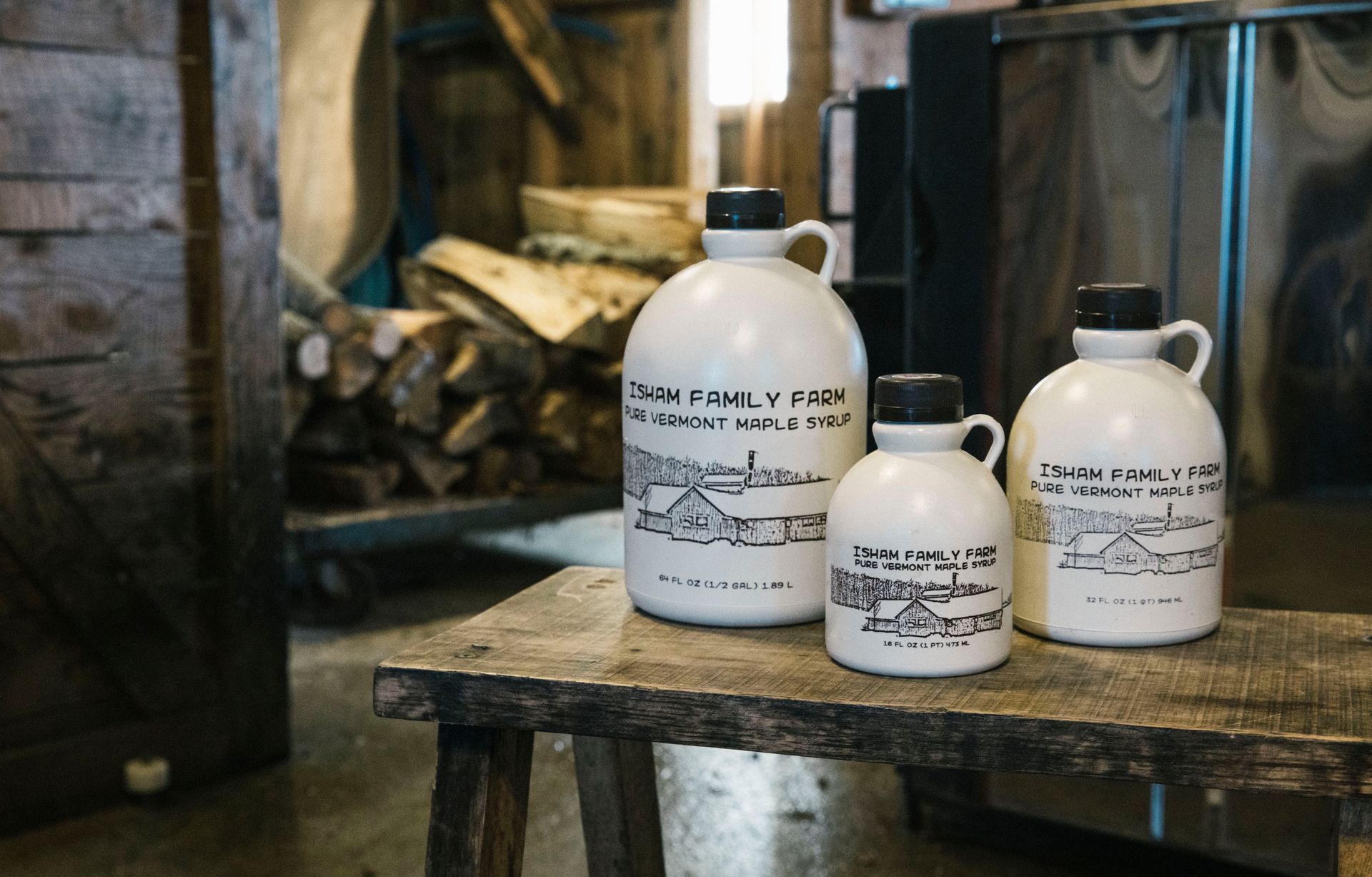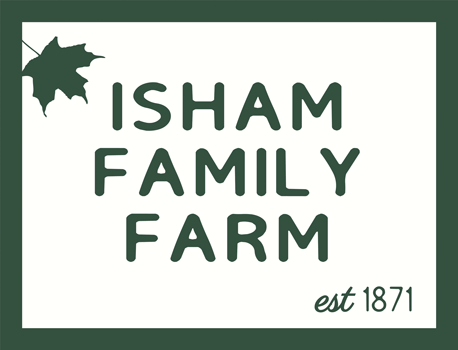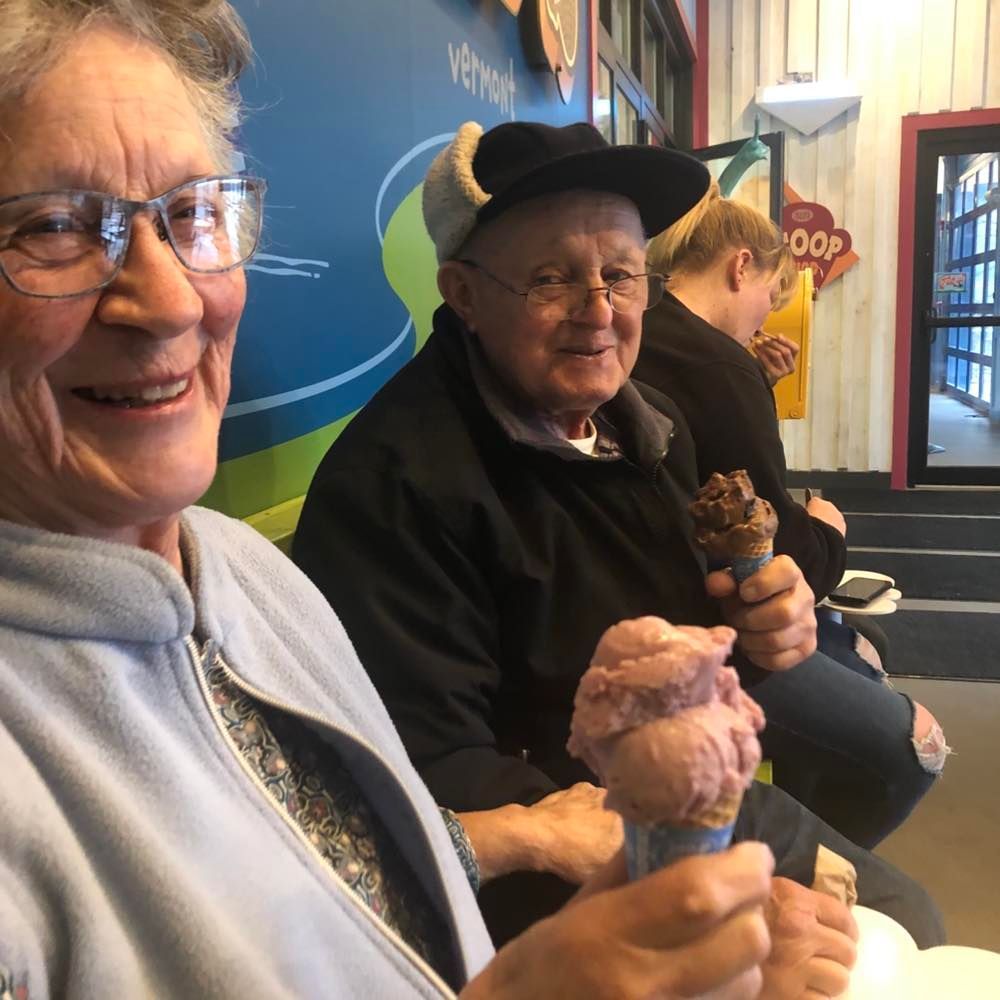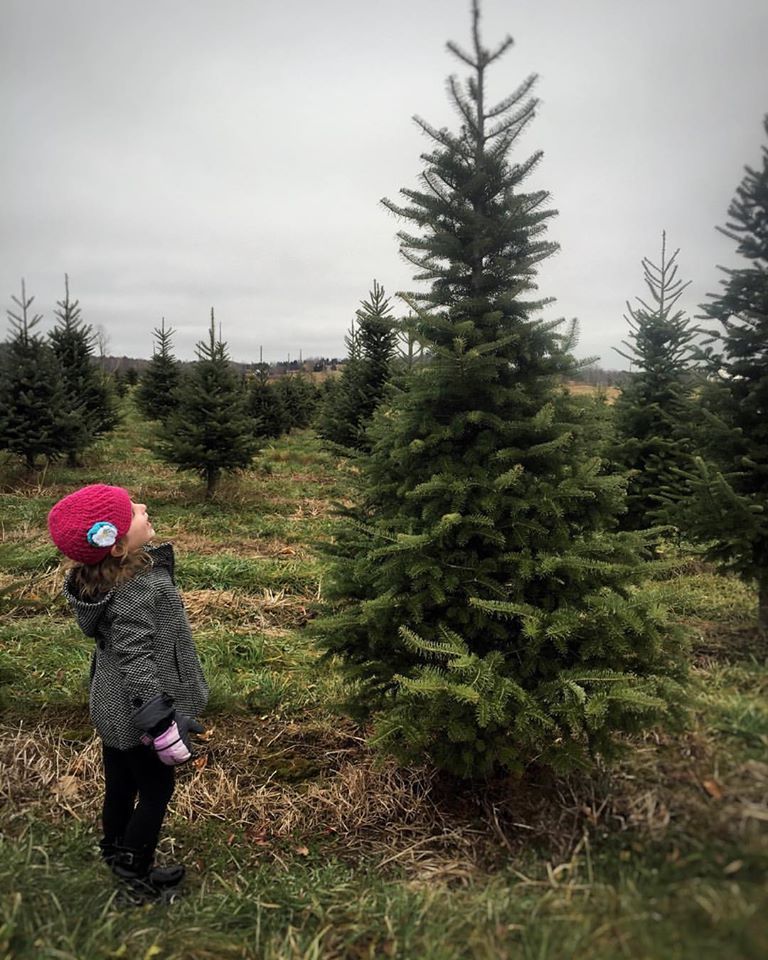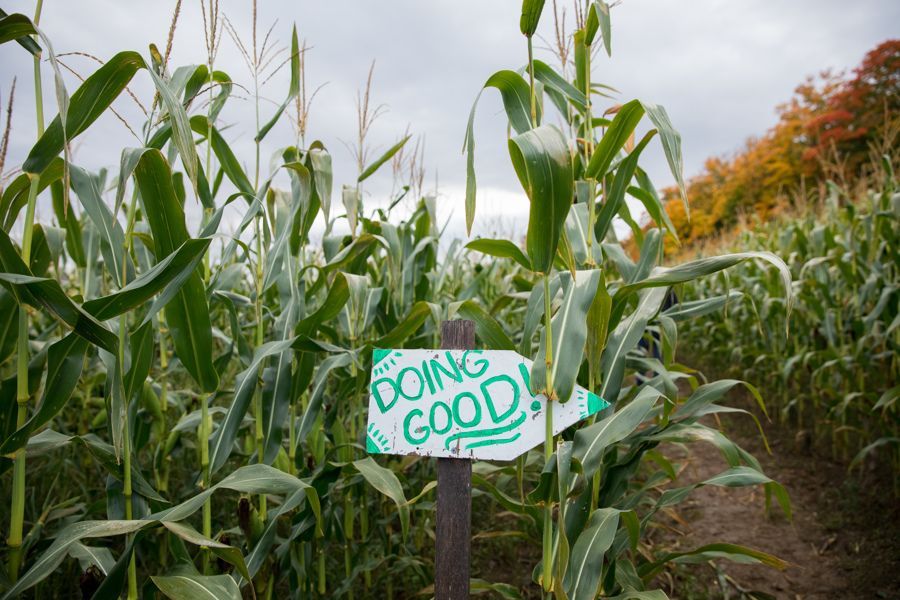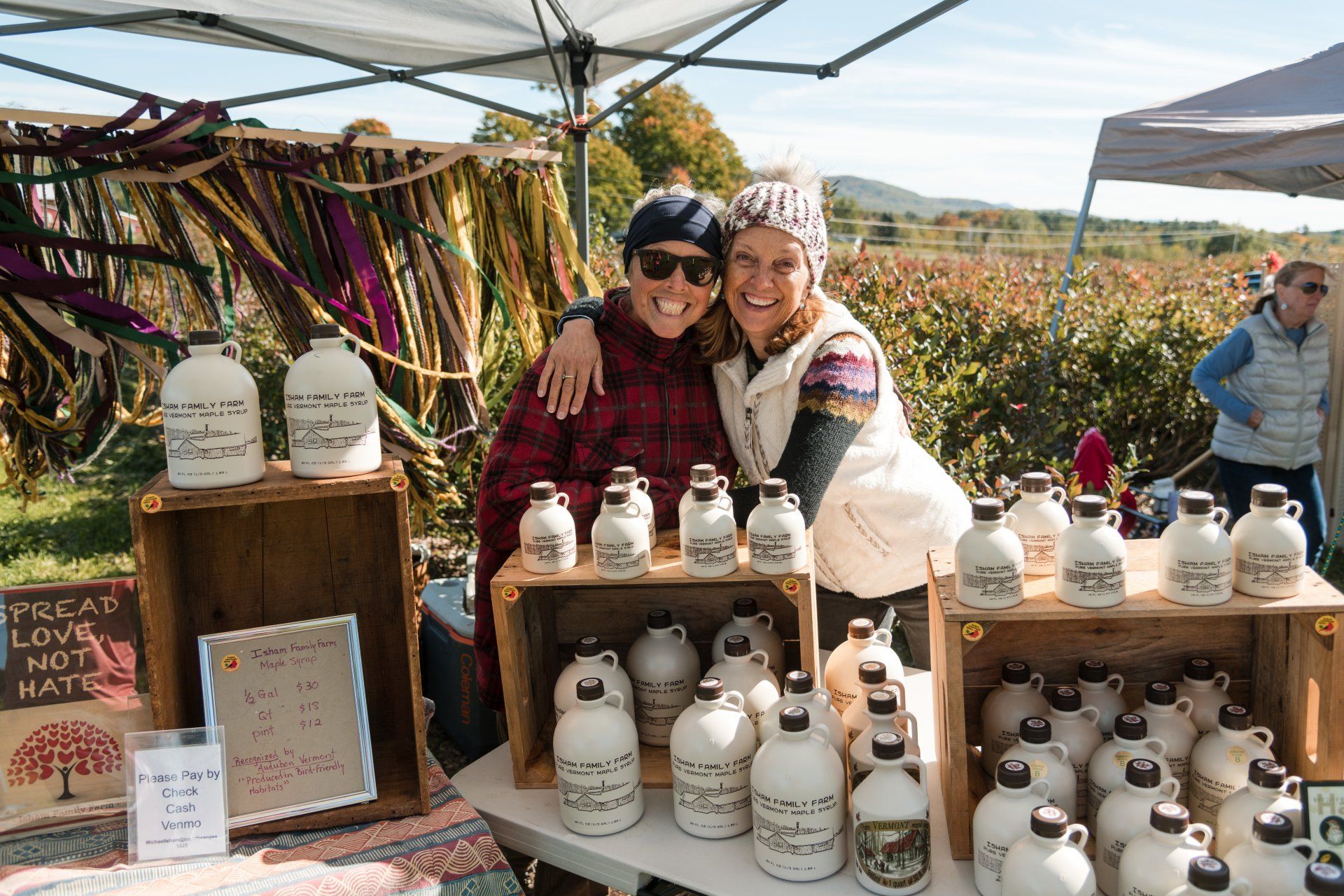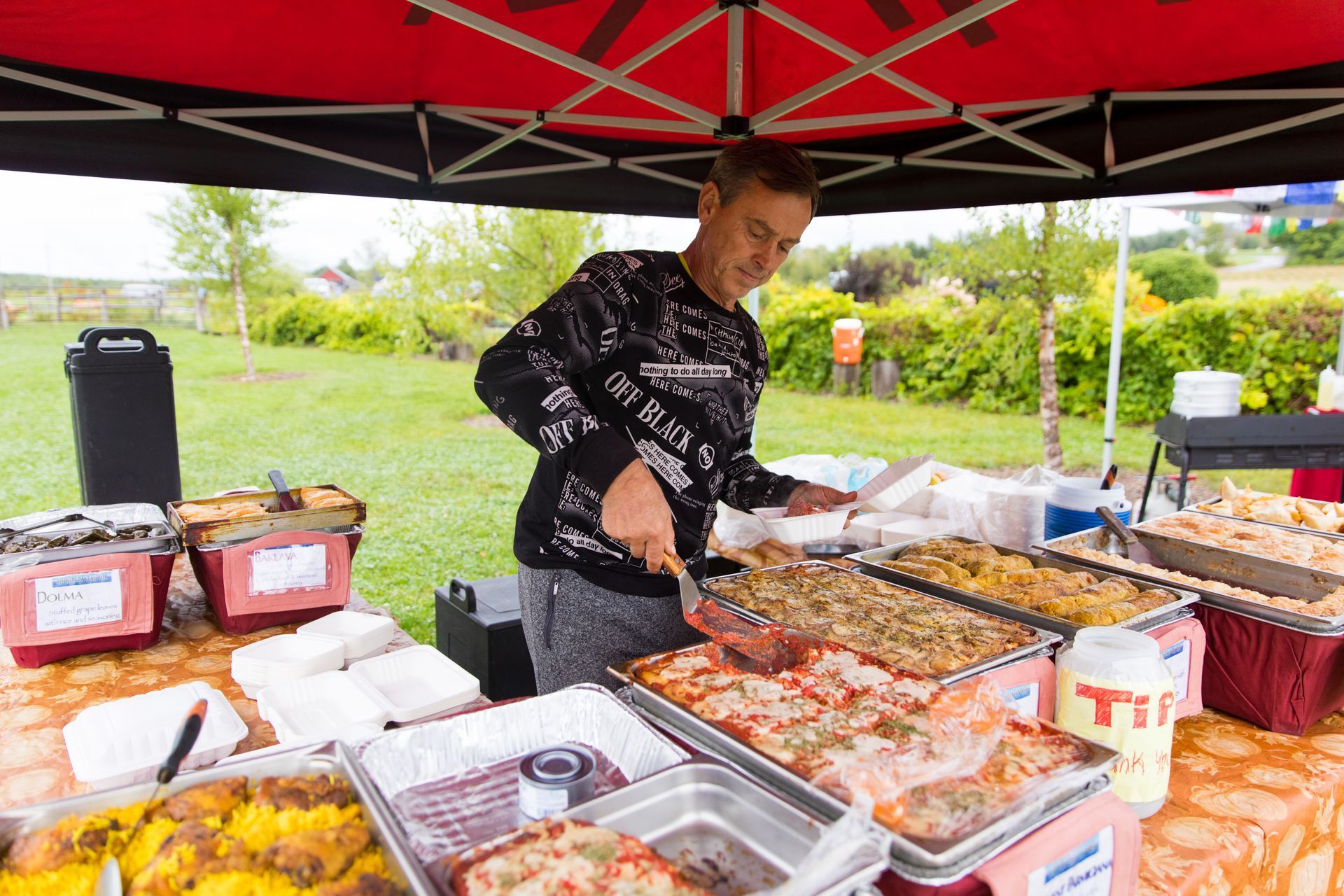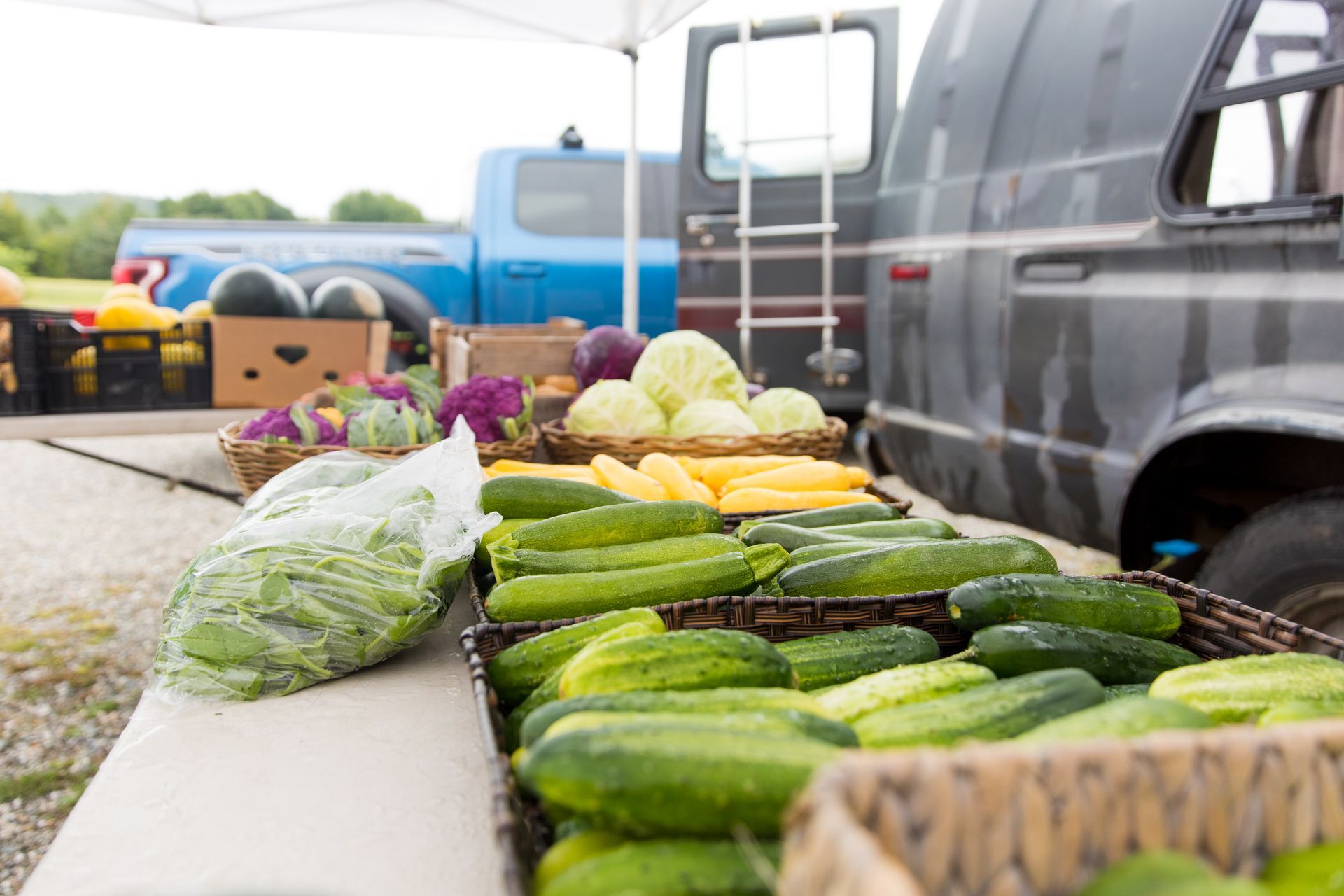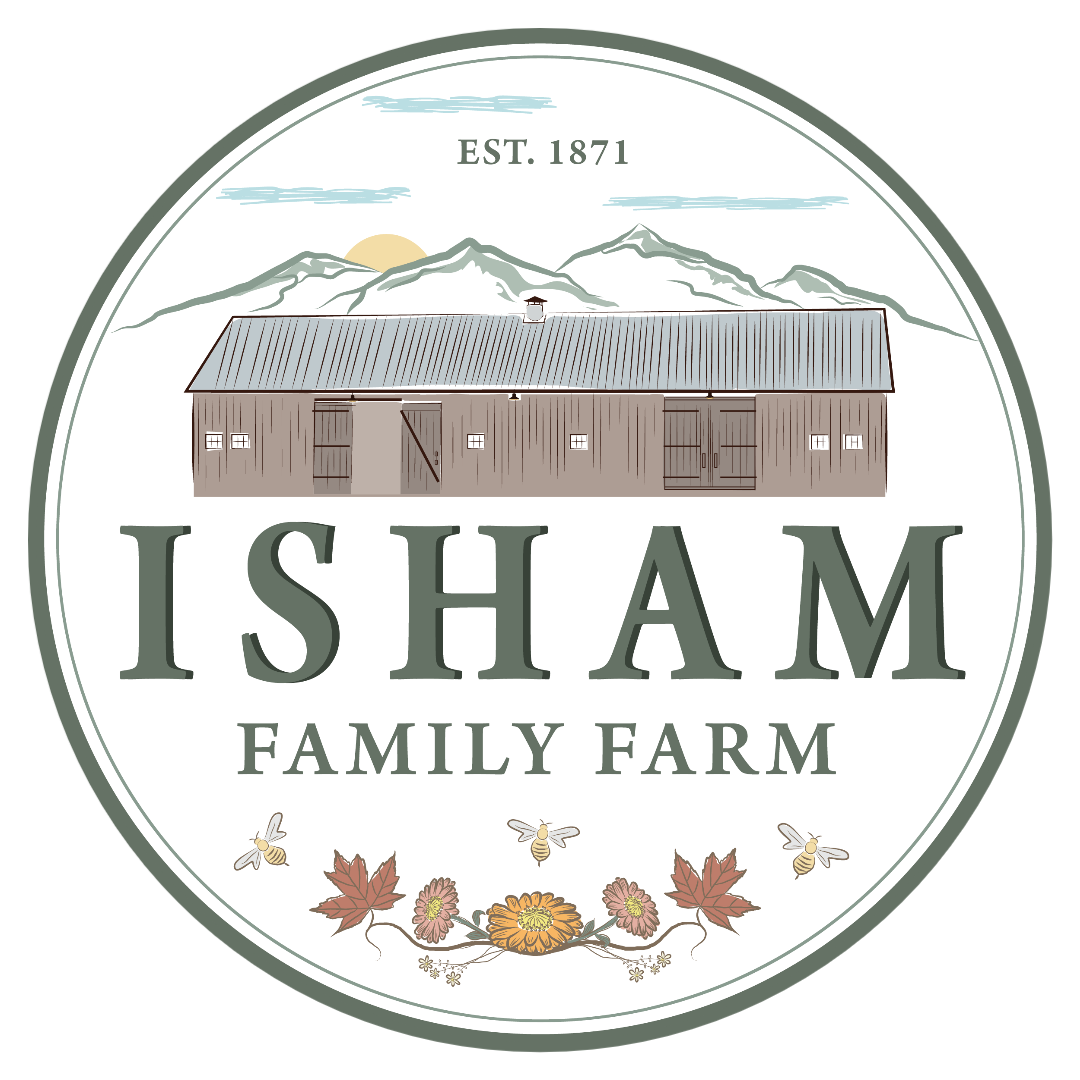Making the Grade: Maple Syrup’s Color and Taste
Maple syrup is widely used, mainly because of its health benefits. It's a natural sweetener used in the kitchen to sizzle foods such as pancakes and smoothies to bring out a unique taste and flavor. However, maple lovers should understand that maple syrup comes in different grades with varying colors and tastes. Besides the special packaging, here are essential things to know about maple syrup grades.
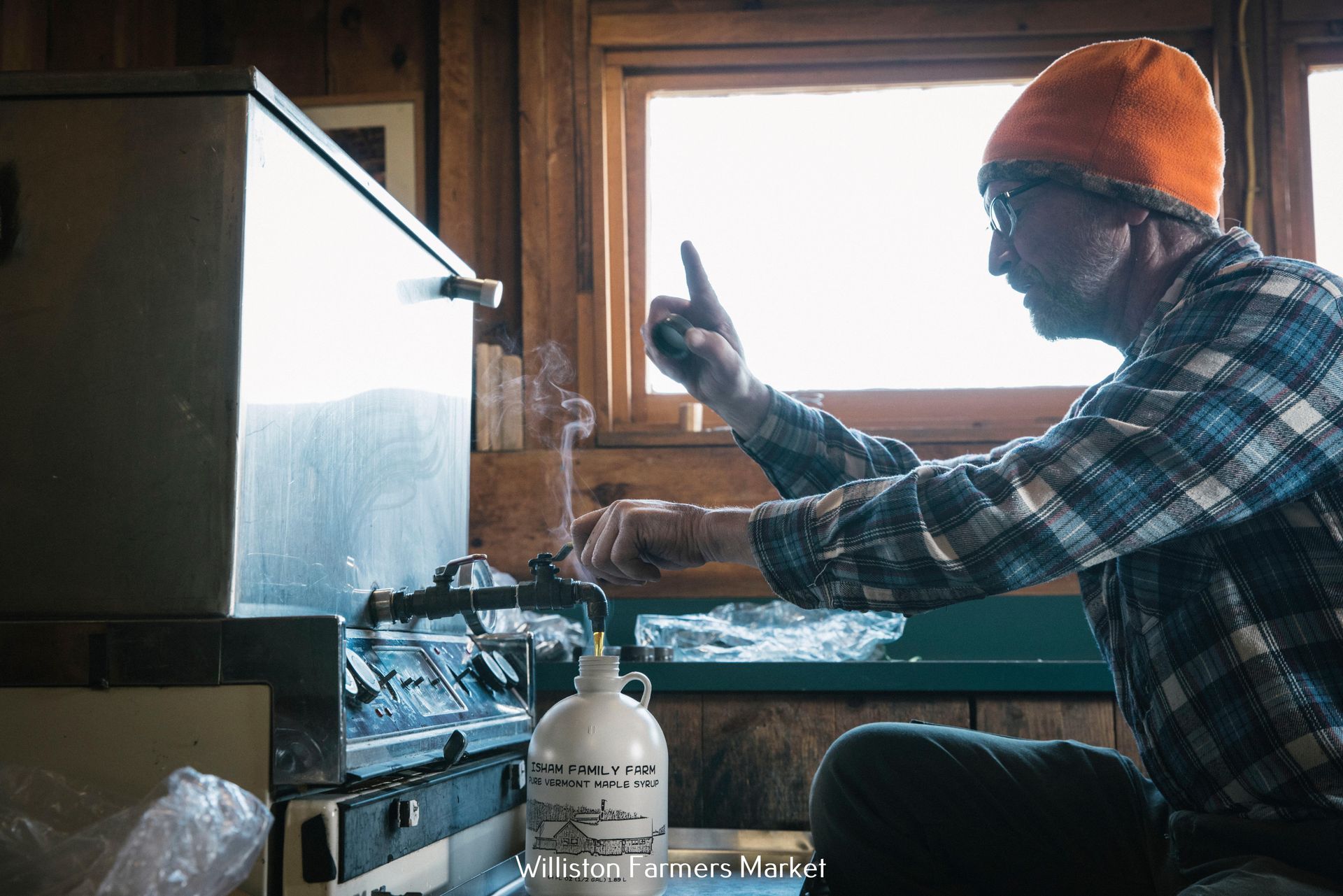
Maple Syrup Grades
The grading of maple syrup has changed over the years. Also, manufacturing companies have improved from traditional bottle packaging to containers of varying shapes to attract more consumers. Maple syrup grades are made of two components, color and flavor, and the flavor corresponds with the color. The darker the syrup, the stronger the maple flavor. For a syrup to make the grade, it must fall within the color range for that grade and have the proper flavor to match. Golden syrup must be light in color and have delicate flavor of maple. In cases where the flavor and color don’t match, the grade goes to the flavor or color that is darkest or strongest. For example, a syrup that has Golden color but a Dark flavor can’t be labeled as Golden, rather it is labeled as the Dark.(1)
Golden: Light color and delicate taste
It's smooth maple syrup with the lightest color. The processing takes place in colder climates. Its delicate sweetness makes it best for drizzling over oatmeal and waffles and topping up desserts, such as ice cream.
Amber:
Lighter color and rich taste
This maple syrup is processed mid-season and has a medium-intensity taste. It's slightly darker, and the subtle flavor makes it best for topping meals like pancakes.
Dark:
Dark color and robust taste
Maple syrup companies process this grade during the warmer and longer season. It has a stronger taste than amber grade. Its rich maple flavor is excellent for brewing, smoothies, and meat grazes.
Very Dark:
Darkest color and strong taste
Processed at the end of the season, this maple syrup has the strongest taste. Because of its unique flavor, it's used as an ingredient for baking, salad dressings, and beer.
Understanding Maple Syrup Color and Taste
Most maple syrup lovers have a lot to say about maple syrup. Maple Syrup has various roles in many areas, but people prefer different colors and flavors. However, understanding the syrup color and flavor seems a mystery to many. Here are crucial things about maple syrup color and taste.
Color
The tree's physiology and the microbes determine the color of the maple syrup. At a particular season, trees produce leaves which convert to starch stored in the roots and trunks. Then, the starch converts to sugar, drawing moisture from the ground to various parts of the tree. During the warm season, the chemistry is the sap changes and produces smelly microbes.
Natural sugar maple is only 2% sucrose and 98% water. The microbes and the sap react to break down sugars into glucose and fructose, which continues in the maple syrup storage tanks. During the sugaring season, temperatures become warmer, producing more microbes and increasing the simple sugars. However, the microbes evaporate as the sap cooks. Once the sap boils, it becomes golden-honey brown in color, giving the maple syrup its color. Maple syrup processed in the earlier seasons is lighter in color, while that processed at the end of the season is darker. However, fructose and glucose make the process stable.
Taste
Trees need to be about 30 or 40 years old to make the best maple syrup. Maple syrup is made from sap during the sugaring season in the warmer months. Therefore, the sugaring season determines the color and taste of the maple syrup.
Maple syrup obtains taste as the microbes become fewer during the evaporation process. The taste of the maple syrup is because of various components in the maple sap, including;
- Water
- Sucrose
- Fructose
- Organic acids, such as succinic, citric, and fumaric acid
- Minerals such as zinc and calcium
- Vitamins, such as thiamine and niacin
- Nitrogen compounds
However, environmental conditions determine the amount of sugar in the maple sap. Therefore, maple sap is different from each tree during the sugaring season. Again, seasons can also affect the sugars in the maple syrup. That's why various regions and seasons produce different colors and flavors of maple syrup.
The cooking of the maple sap into syrup gives maple syrup its color and flavor. However, the sugars in the maple sap help in the oxidation of sugar as the water evaporates. This results in a unique flavor and a brownish color. During this process, certain chemicals are released, giving the maple syrup its taste. Therefore, a lot of heat is needed (around 217°F to 218°F) in the Maillard reaction to break down amino acids and sugars. Thus, the Maillard reaction creates rich, robust, and strong tastes in maple syrups.
Therefore, if you need a Maple Syrup vermont in pumpkin patch Williston vt, you can choose from several places, such as Douglas Orchard & Cider Mill and Country Dreams Farm. If you need to distinguish the different tastes in maple syrups, you can use the technique of seeing, swirling, smelling, sipping, and savoring. Look at the different colors of the maple syrup, and put them in different clear glasses. Swirl each at a time and smell the aroma. Then, sip each of them to taste and notice the different colors depending on the taste.
Some complex maple syrup flavors include;
- Vanilla
- Milky
- Spicy
- Fruity
- Floral
- Confectionary
- Empyreumatic
Final Thoughts
The color of the maple syrup determines its taste. Again, maple syrup grades depend on the sugaring season and the processing period. Maple syrup manufacturers are keen to avoid faults, such as sour sap, ferment, and musty, that are a huge turn-off to consumers. If you love maple syrup, you can try the different grades on your breakfast or dinner with your family. This way, you can enjoy the nutritional value that comes with all four maple syrup grades.
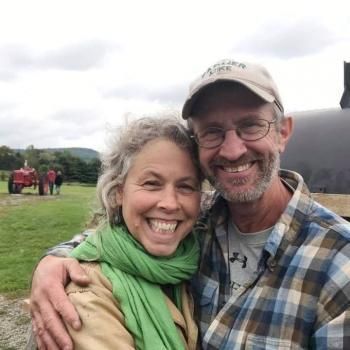
About the author
Mike Isham
Meet Mike Isham, the heart and soul behind Isham Family Farm - a charming wedding and barn venue nestled in the beautiful Williston, VT. With over decades of experience in the wedding industry, Mike has witnessed countless couples exchange their vows and start their happily-ever-after at his family's farm.
For Mike, helping couples create their dream wedding is more than just a job - it's a passion. He takes great pride in providing a warm and welcoming atmosphere for every guest, and ensuring that every detail is taken care of. When you choose Isham Family Farm for your special day, you're not just getting a venue - you're getting a family who genuinely cares about making your wedding day unforgettable.
